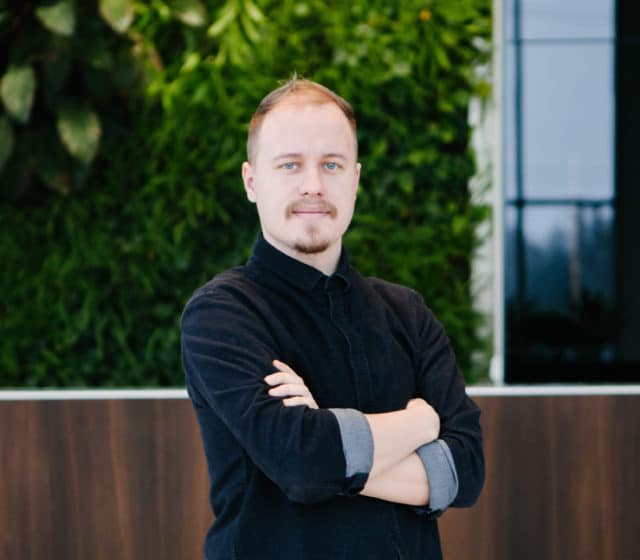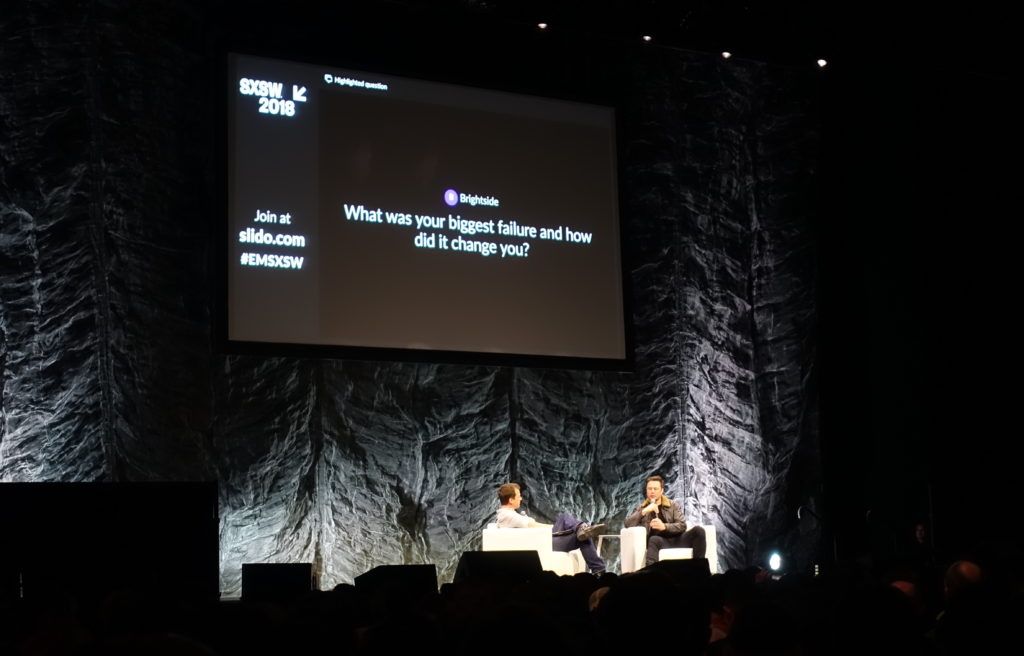Q: Please explain to our reader what are the main features of Slido?
Our mission at Slido is to enhance communication and increase interaction at events and meetings. We built a web-based app that allows event planners and meeting owners to crowdsource audience questions for Q&A and panel discussions as well as engage participants with live polls.
To flip the sides and put it from the participant’s perspective. When you sit in the audience, Slido enables you to submit a question without raising a hand. And if a speaker uses a live poll to hear you out, you can simply express your opinion by sending a vote.
Q: Who was the Slido designed for?
It all started with a simple idea. To collect feedback from students. While lecturing at Comenius University in Slovakia, our CEO Peter Komornik wanted to find out what his students thought about his lectures so he could improve them. Instead of giving out paper sheets to collect feedback from students, he designed a simple app to do it in a much more convenient way.
From there we moved to the conference world. Another place where learning happens. That’s when we implemented the first client’s feedback and built two core features – live Q&A and polls. Again, that was not our final stop. Having used Slido in a conference they were attending, many business leaders took it to their own companies. Now more companies than conferences are using our platform to make their team meetings more open and productive.
Q: What are the statistics behind the success of Slido?
We don’t like talking about success. After all, to each, it means something completely different. I will share some numbers, though. In 2013, we worked on 250 events in the entire year. Now around 2500 events use Slido every week. When we total it up, we helped make over 120.000 events more interactive to this date.
Q: What are the main features in a marketing strategy in a technology company like Slido?
In comparison with other tech solutions, event apps and audience engagement platforms have one major advantage. The more they get used at events, the more exposure they get as participants try them first hand. From those participants, many organize their own events and meetings and they take Slido with them next time such occasion occurs. It creates a snowball effect.
Therefore from the early beginning, we have focused on building partnerships with some key global events to get that (snow)ball rolling. That was and still is our strongest marketing channel. But you need to be patient. For instance, our partnerships with SXSW or Web Summit took years to build. It’s about trust and that needs time.
Q: Please name some of your favorite marketing campaigns?
It’s much more than campaigns these days. If you use marketing perspective, almost any part of the business can be viewed as marketing now. In any case, it all starts with developing an amazing product the solves a major problem for the users. For example, communication platform Slack replaced internal email completely in many growing companies. The users found the platform so valuable that most of the initial growth was driven by word-of-mouth. So in their case an amazing product = amazing marketing.
But that’s not where it ends. Even the best products need marketing support. The most successful companies successfully tapped into cultural shifts on which they built their brand. For example, Nike bet on the rise of an individual and his or her striving for a healthier lifestyle in the late 80s. And rose ever since. It was not shoes that they were selling but a better, healthier self. But it was also the mood in the society that allowed for such messaging.
This strategy is no secret in the marketing world. The trick is that it’s incredibly difficult to pull it off.
Q: How do you as a marketing manager working in an industry that is developing so rapidly, stay updated with the latest trends and tools?
I read practically every day. Less about the latest hypes and fads and more about sociology, philosophy, and psychology. I believe that it’s crucial to understand the essentials of human behavior before you can implement the communication and marketing techniques.
My favourite publications are Aeon Magazine, Harvard Business Review and NewPhilosopher. Recently, my colleague Lucy put Fermat’s Library on my radar. They re-publish academic papers with ground-breaking ideas from the present and past.
Q: What are the biggest challenges for you on the position at Slido?
In this phase, it’s setting the right priorities. There are so many things that we could be working on. But we need to assess and decide which activities we believe will most drive the business. You can’t spread yourself too thin. Even though it’s necessary for the early stages, you can’t wear too many hats for too long. You need to start focusing on one area and get as good as possible at it to help the team prosper.
Q: Do you have any hobbies or interests that have added value to you as a Marketer?
I’m an avid reader and I always carry a hard copy of a book with me at all times. I’m a huge fan of sci-fi works such as Frank Herbert’s Dune, Dan Simmons’s Hyperion or dystopian classics such as 1984, Brave New World or Fahrenheit 451. It’s like a time travel. Many ideas in those books work like self-fulfilling prophecies. In the recent report, BBC revealed that business giants like Elon Musk or Jeff Bezos found inspiration for their inventions, be it self-driving cars or virtual assistant Alexa, in the sci-fi novels.
And then I love cycling, especially long tours with 1000+ km. It helps train perseverance and patience.
Q: If you didn’t have to be working for money, what will you be doing?
I would combine bike-touring across Americas from Alaska to Patagonia with writing a novel. Ah, and one more important thing – photography! I love photography.
Prepared by: Ajda Borak
















